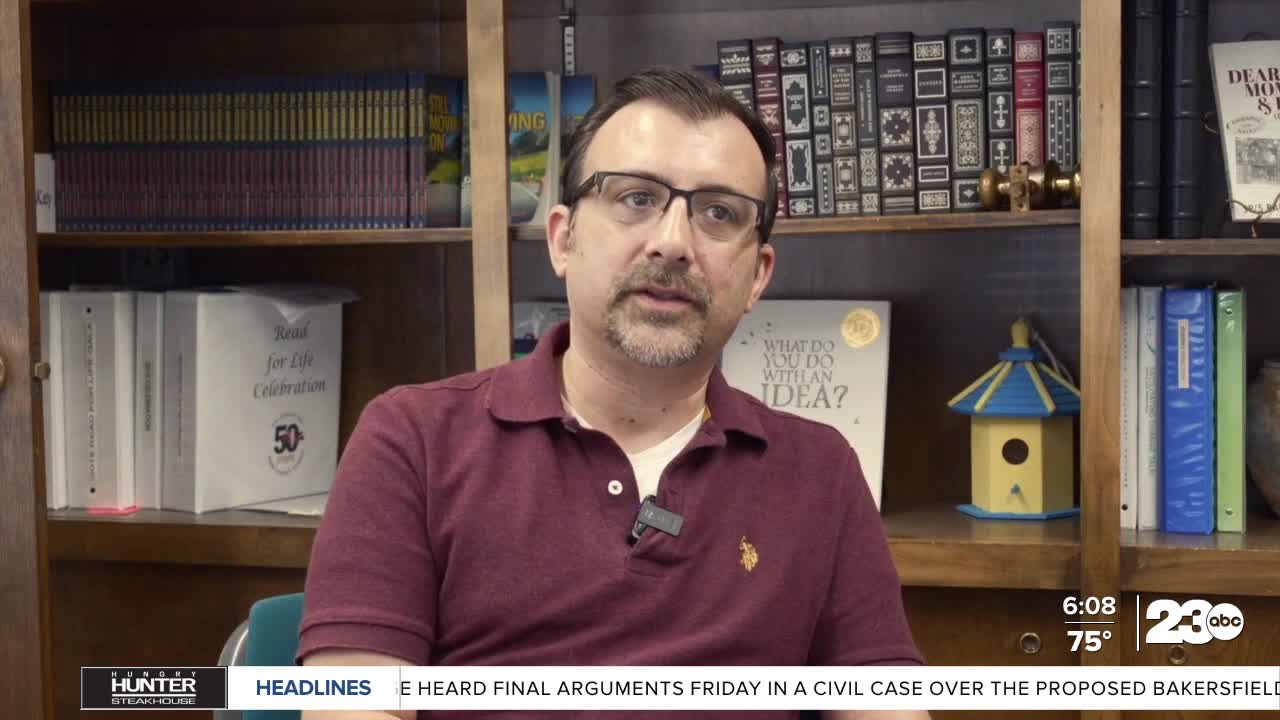- How presidential executive orders work and why they matter to your neighborhood
- Executive orders explained: The presidential power that bypasses Congress but faces limits
BAKERSFIELD, Calif. (KERO) - Presidents have the power to make big decisions without going through Congress through executive orders. As your neighborhood reporter in Bakersfield, I'm breaking down what these orders are, how they work, and why they sometimes create controversy.
Executive orders carry the force of law but come with limitations on presidential authority.
"The executive branch, through the president, has constitutional authority to issue directives through what's known as executive order," said Ian Anderson, a professor of political science.
Anderson explained that executive orders have historically been used by presidents to speed up legislation when Congress moves too slowly.
"I think during COVID, for example, there were those payments, stimulus checks that were going out, that got bogged down in Congress, and President Trump had to use executive action in order to move that forward," Anderson said.
Some executive orders have made significant history. In 1863, Abraham Lincoln signed the Emancipation Proclamation, which freed slaves in Confederate states. During the Great Depression, Franklin D. Roosevelt created jobs for millions through Executive Order 7034 in 1935.
Despite their power, executive orders have important limitations.
"They can't necessarily undermine existing law or undermine constitutional authority," Anderson said.
Once signed, executive orders can be difficult to reverse unless Congress passes a new law, which Anderson notes rarely happens. However, a recent high-profile case demonstrated this possibility.
"President Biden and the loan forgiveness piece of it, so that was challenged, actually ended going up to the Supreme Court, and the Supreme Court ended up ruling that the president had exceeded his authority," Anderson said.
Even when Congress doesn't intervene, states can challenge executive orders by suing the federal government, often arguing violations of the Tenth Amendment, which protects state powers.
"What you're seeing, the battle between California and the federal government is the authority of the federal government to implement immigration policy," Anderson said.
Executive orders also continue from one administration to the next, though a new president can overturn them with new orders—a common practice in areas like environmental policy.
"Ultimately, if you're seeing all these executive orders come out, whether it's President Trump, or President Biden, or former President Barack Obama, or whatever, right, you have the power to make change every election as well, these are some of the things we should be using to evaluate whether government is working for us," Anderson said.
Anderson emphasized that while executive orders are a crucial tool for presidents, they shouldn't replace the role of Congress and elected officials in addressing the nation's most significant issues.
This story was reported by a journalist and has been converted to this platform with the assistance of AI. Our editorial team verifies all reporting on all platforms for fairness and accuracy.
Stay in Touch with Us Anytime, Anywhere:



